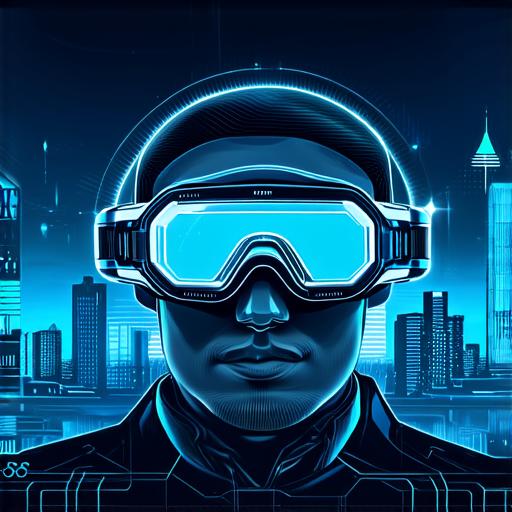Augmented Reality (AR) and Product Development
Augmented reality (AR) is a technology that adds digital elements to the real world, creating an interactive and immersive experience for users. AR technology has gained popularity in recent years due to its ability to enhance the way we interact with products and services, making it a valuable tool for product development.
The Benefits of Augmented Reality in Product Development
One of the main benefits of AR technology is its ability to provide customers with a more interactive and engaging experience. AR allows users to see products in a more realistic and immersive way, which can help them make better purchasing decisions.
Another benefit of AR is its ability to streamline the product development process. By using AR technology, designers and developers can create more accurate and detailed prototypes, which can save time and resources. AR can also help improve collaboration among team members by allowing them to visualize and interact with designs in real-time, regardless of their location.
Challenges of Augmented Reality in Product Development
While AR technology has many benefits, it also presents some challenges for product development. One challenge is the cost of implementing AR technology. AR requires specialized hardware and software, which can be expensive to purchase and maintain.
Another challenge is the need for training and expertise in using AR technology effectively. While AR is becoming more user-friendly, it still requires some level of technical skill to use effectively. Designers and developers must be familiar with AR software and hardware to create accurate and effective prototypes.
Case Studies: How Augmented Reality Has Been Used in Product Development

There are many examples of how AR has been used in product development, including the following:
-
Furniture Design: Furniture designers can use AR technology to create virtual prototypes of their designs, allowing customers to see what the finished product will look like before making a purchase. This can help reduce the number of returns and improve customer satisfaction.
-
Automotive Design: AR technology has been used to create more accurate and detailed prototypes of car parts, which can help streamline the manufacturing process and reduce costs. For example, BMW uses an AR headset to design and test new car interiors. The company was able to see how different components would look and fit together in a virtual environment, which helped them make changes before they were made in physical production.
-
Virtual Showrooms: AR technology can be used to create virtual showrooms that allow customers to see products in a more realistic and immersive way, which can help increase sales and improve customer satisfaction. For example, IKEA uses an AR app that allows customers to visualize furniture in their own homes before making a purchase.
-
Training and Education: AR technology can be used for training and education purposes, allowing users to visualize complex concepts in a more interactive and engaging way. For example, medical students can use AR technology to visualize human anatomy in a more realistic and immersive way, which can help improve their understanding of the subject matter.
Maximizing the Potential of Augmented Reality in Product Development
To maximize the potential of AR in product development, it is important to use it effectively in the design and development process. Here are some ways to do this:
-
Use AR to create more accurate and detailed prototypes. This can help reduce errors and improve efficiency in the manufacturing process.
-
Use AR to test products in real-time, allowing for better decision-making and reducing the number of returns.
-
Use AR to create interactive experiences for customers, which can help increase engagement and improve customer satisfaction.
-
Use AR to streamline the manufacturing process by creating more accurate and detailed prototypes, reducing errors and improving efficiency.
-
Use AR for collaboration with team members across different locations, allowing for more efficient communication and better decision-making.
-
Use AR for training and education purposes, allowing users to visualize complex concepts in a more interactive and engaging way.
Summary: The Future of Augmented Reality in Product Development
AR technology has the potential to revolutionize the way we interact with products and services, making it a valuable tool for product development. While there are challenges associated with implementing AR technology, its benefits far outweigh them. As AR technology continues to evolve, it will be interesting to see how it is used in product development and how it impacts the industry as a whole.
